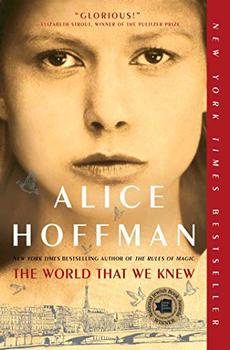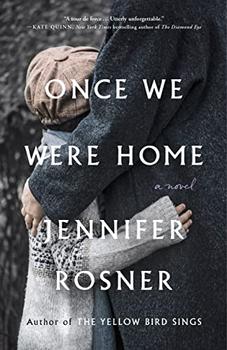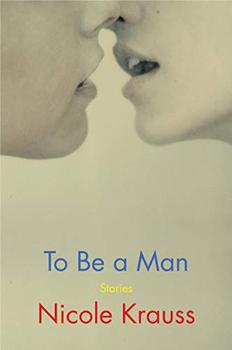Summary | Excerpt | Reading Guide | Reviews | Beyond the book | Read-Alikes | Genres & Themes | Author Bio

In 1941, during humanity's darkest hour, three unforgettable young women must act with courage and love to survive, from the New York Times bestselling author of The Dovekeepers and The Marriage of Opposites Alice Hoffman.
In Berlin, at the time when the world changed, Hanni Kohn knows she must send her twelve-year-old daughter away to save her from the Nazi regime. She finds her way to a renowned rabbi, but it's his daughter, Ettie, who offers hope of salvation when she creates a mystical Jewish creature, a rare and unusual golem, who is sworn to protect Lea. Once Ava is brought to life, she and Lea and Ettie become eternally entwined, their paths fated to cross, their fortunes linked.
Lea and Ava travel from Paris, where Lea meets her soulmate, to a convent in western France known for its silver roses; from a school in a mountaintop village where three thousand Jews were saved. Meanwhile, Ettie is in hiding, waiting to become the fighter she's destined to be.
What does it mean to lose your mother? How much can one person sacrifice for love? In a world where evil can be found at every turn, we meet remarkable characters that take us on a stunning journey of loss and resistance, the fantastical and the mortal, in a place where all roads lead past the Angel of Death and love is never ending.
Hoffman chronicles many forms of resistance and develops a vivid cast of characters, most of them teens; they are often separated, but reconnect in unexpected, memorable ways...The beauty of Hoffman's prose and themes deliver a sense of hope...continued
Full Review
(865 words)
This review is available to non-members for a limited time. For full access,
become a member today.
(Reviewed by Karen Lewis).
In Alice Hoffman's novel The World That We Knew, Julien, 14, escapes occupied Paris and finds temporary refuge at a rural chateau-turned-orphanage. He tutors math and participates in art workshops there. The displaced children survive day-to-day, and are encouraged to express themselves with drawing and painting.
An important collection of children's art of the Holocaust survives today thanks to the efforts of Frederika "Friedl" Dicker-Brandeis, an Austrian-born, Bauhaus-trained artist who was interred at Terezín (Theresienstadt) concentration camp near Prague from December 1942 to September 1944.
Terezín was implemented as a "model ghetto" for Jews, run by Jews under Nazi command, detaining many scholars, doctors, artists, ...
This "beyond the book" feature is available to non-members for a limited time. Join today for full access.

If you liked The World That We Knew, try these:

by Jennifer Rosner
Published 2024
From Jennifer Rosner, National Jewish Book Award Finalist and author of The Yellow Bird Sings, comes a novel based on the true stories of children stolen in the wake of World War II.

by Nicole Krauss
Published 2021
In this dazzling collection of short fiction, the National Book Award Finalist and New York Times bestselling author of The History of Love - "one of America's most important novelists and an international literary sensation" (New York Times) - explores what it means to be in a couple, and to be a man and a woman in that perplexing relationship and...
Censorship, like charity, should begin at home: but unlike charity, it should end there.
Click Here to find out who said this, as well as discovering other famous literary quotes!